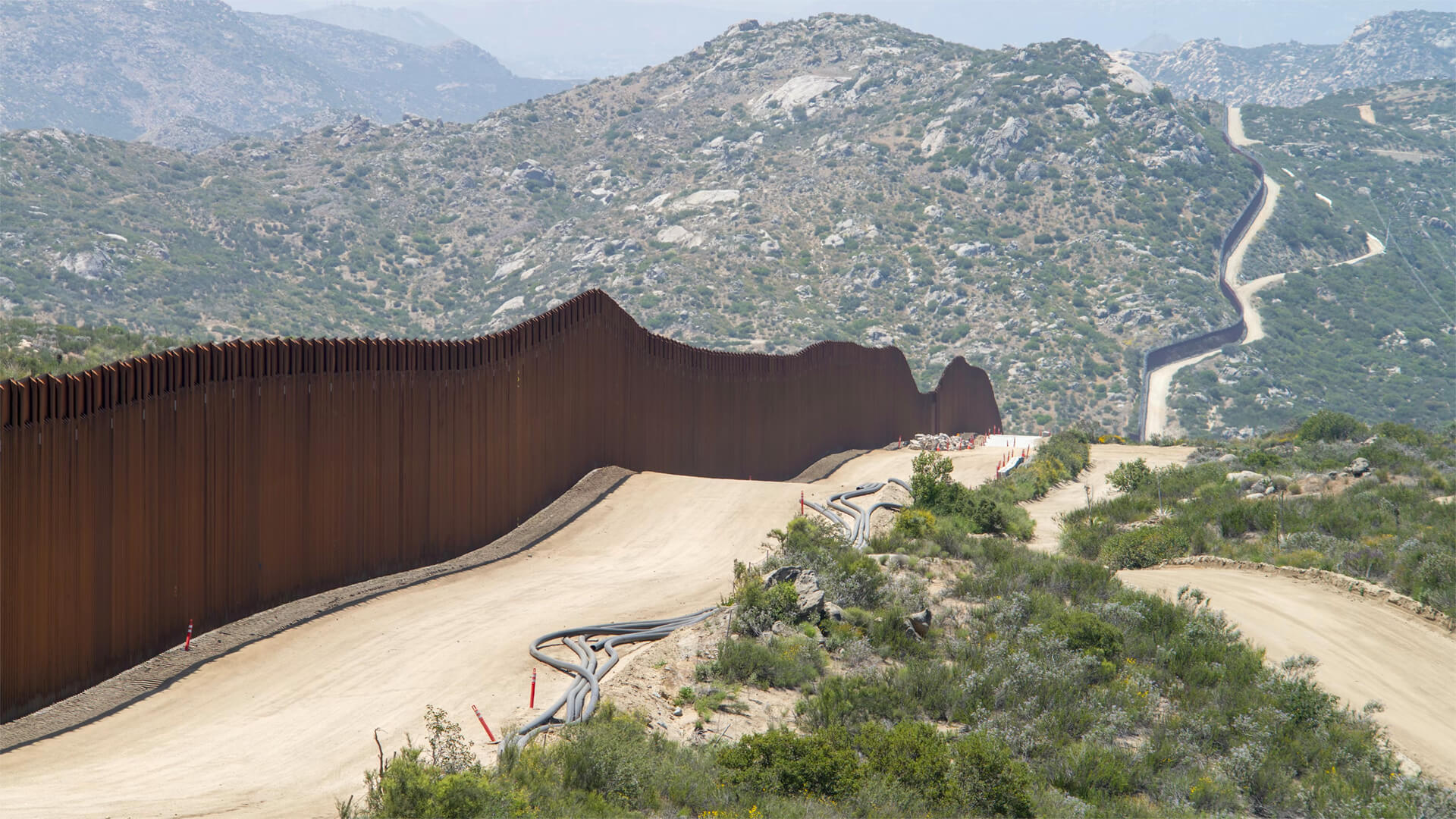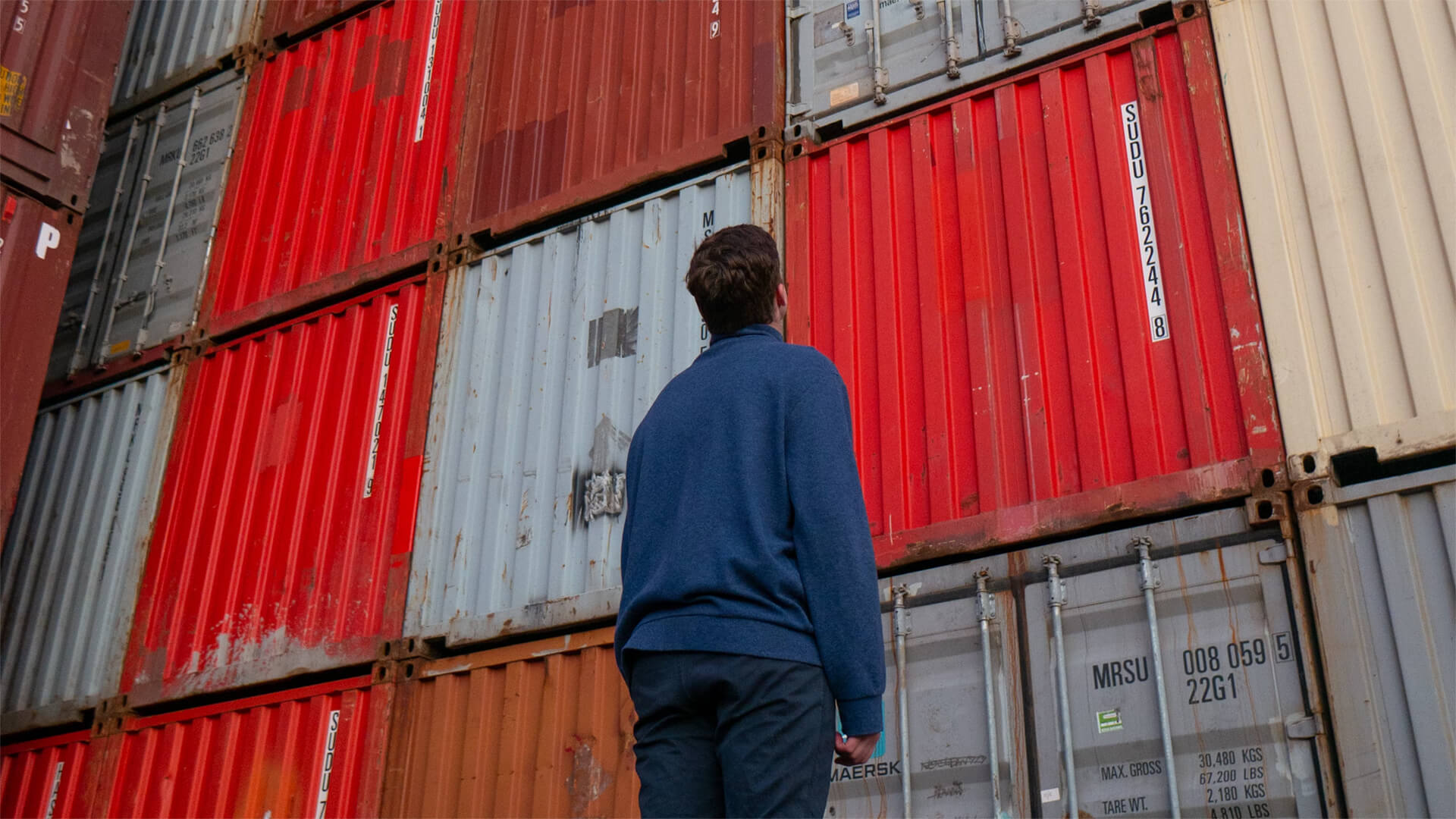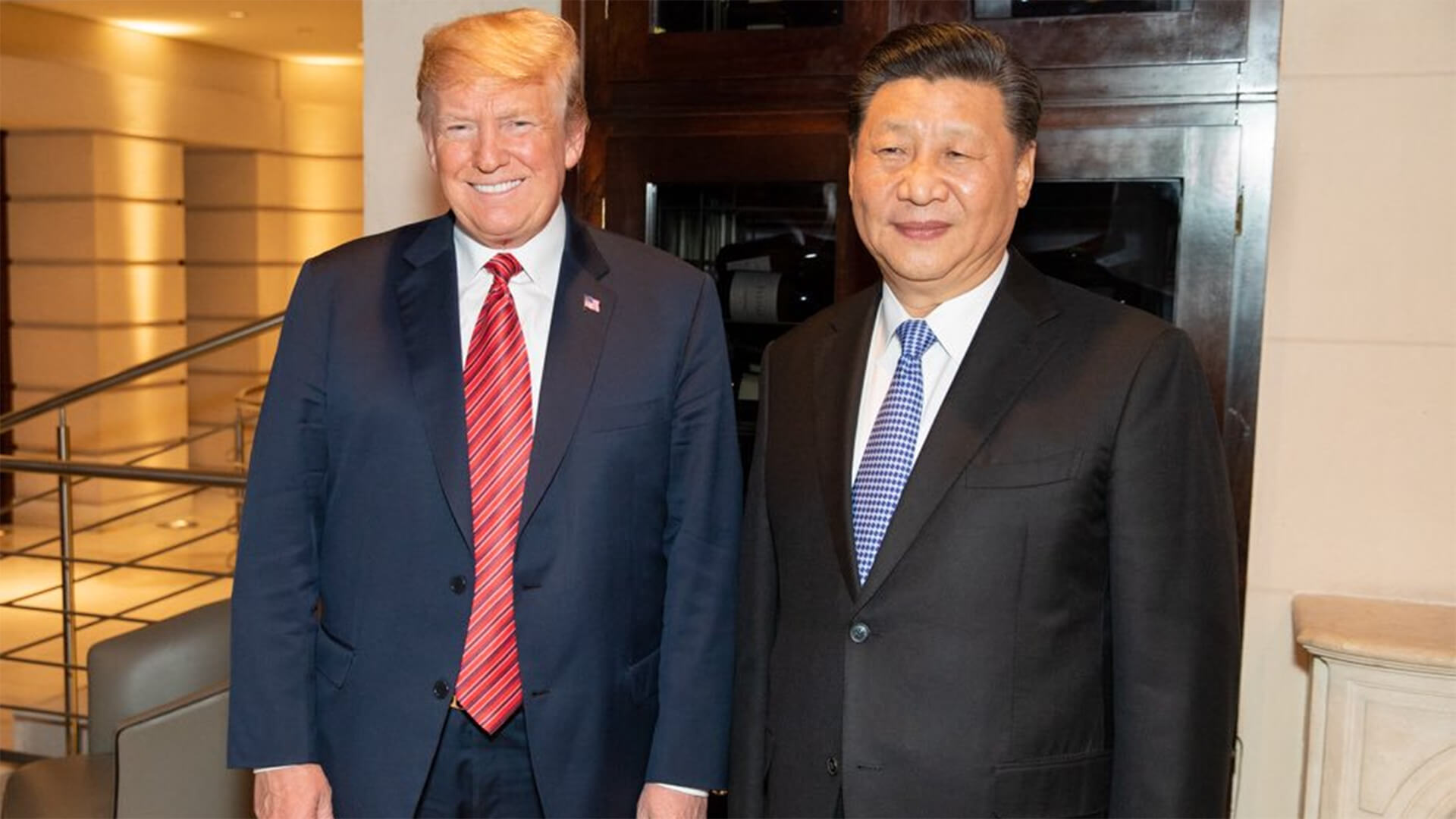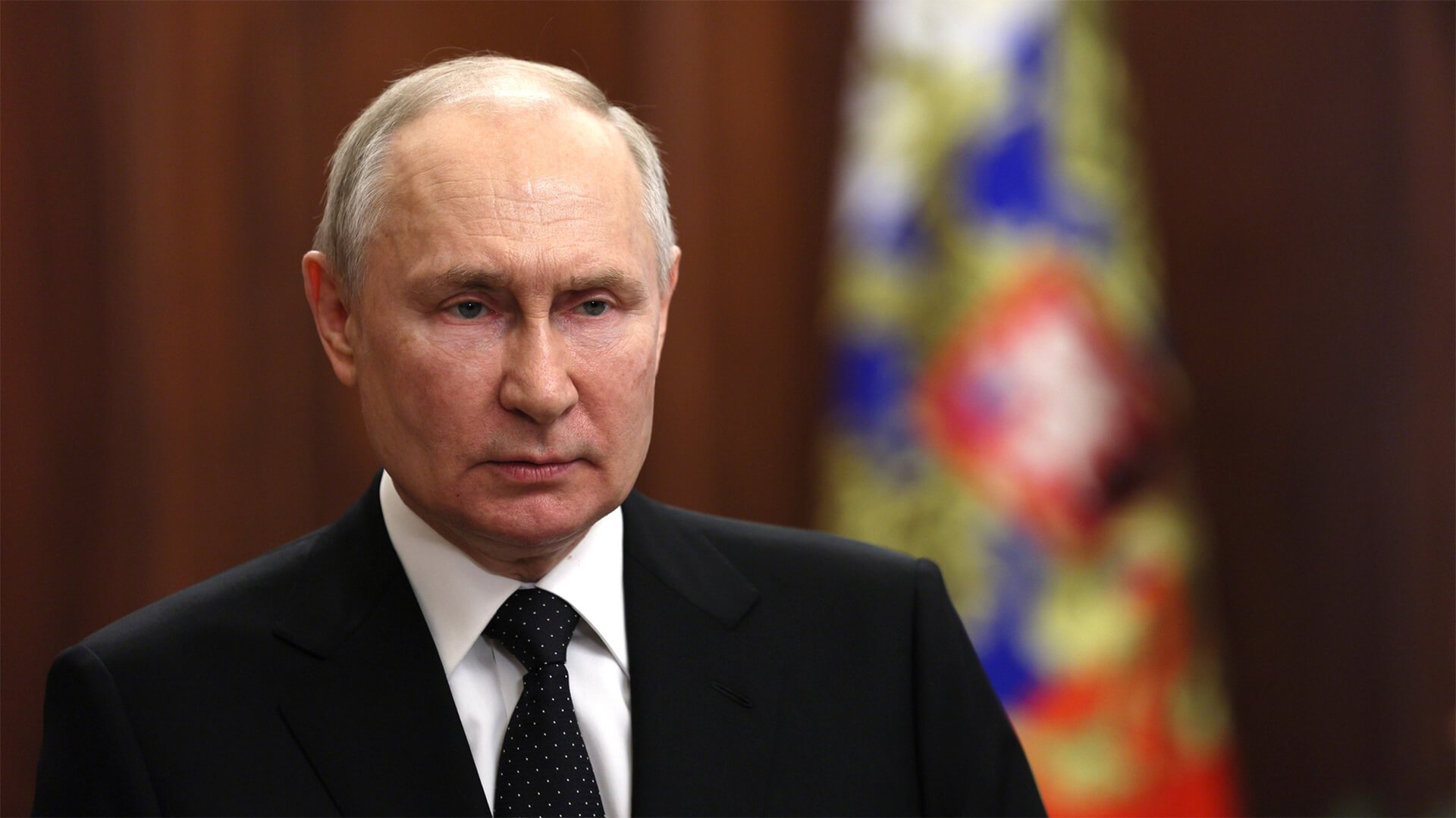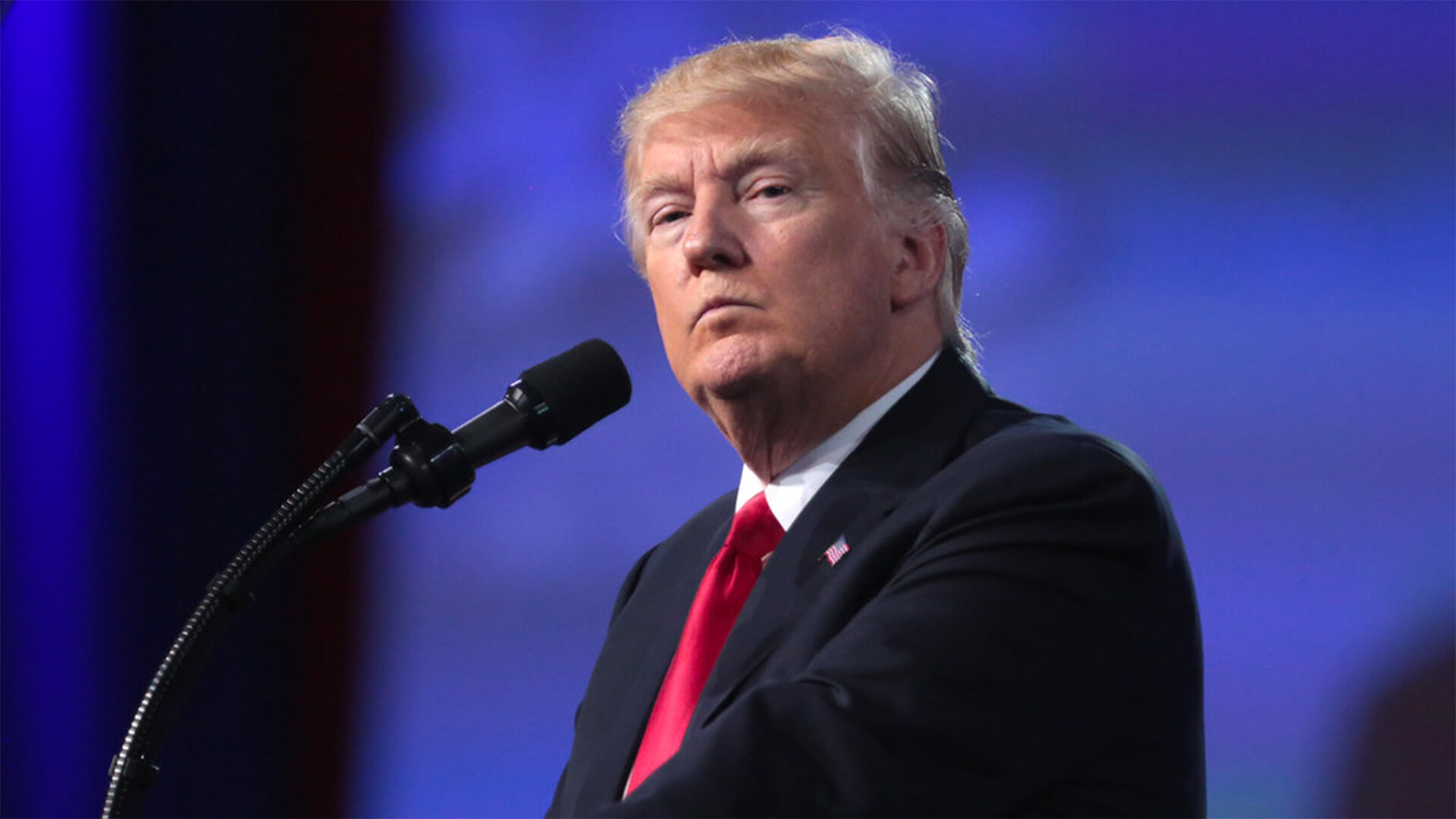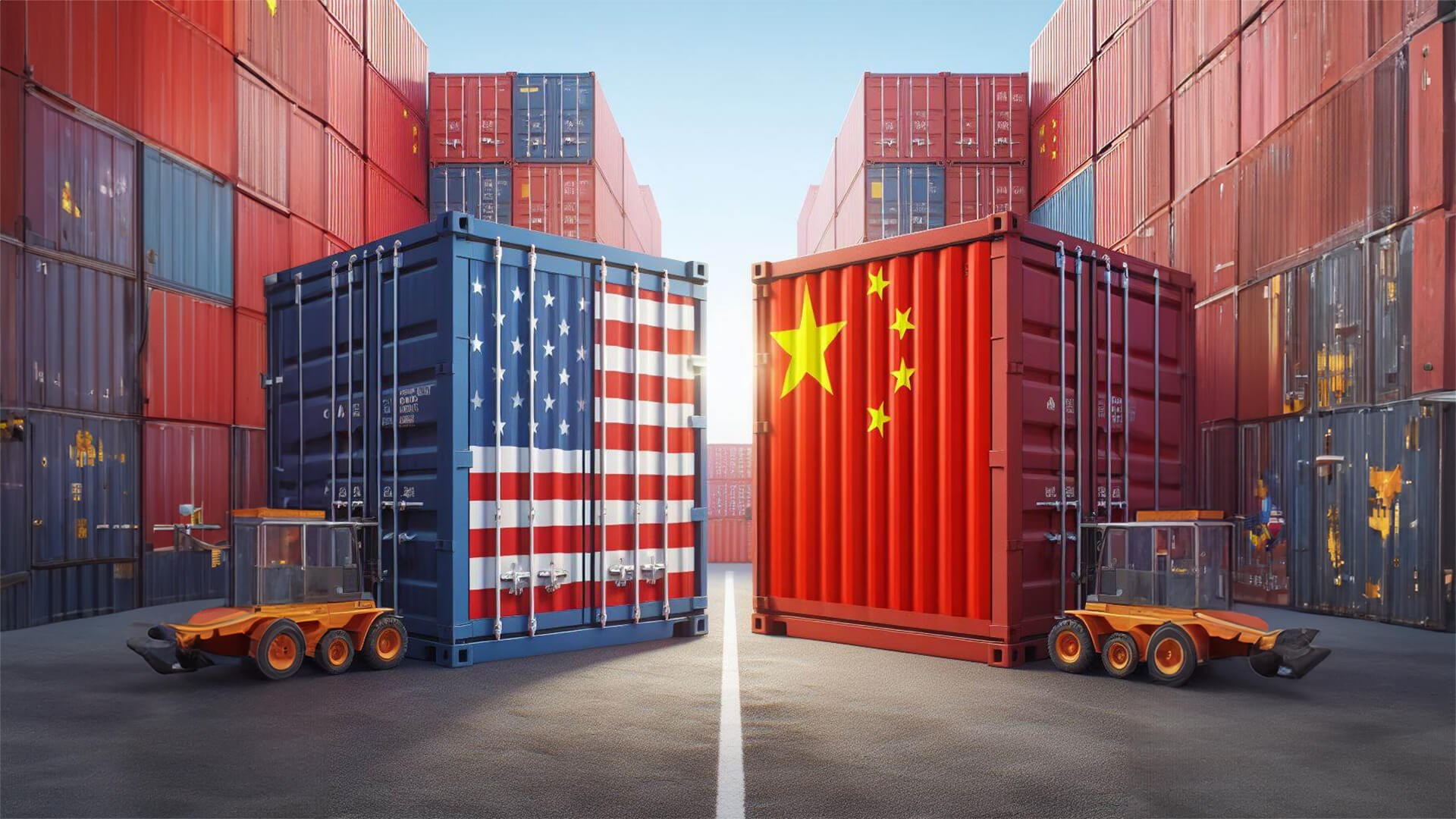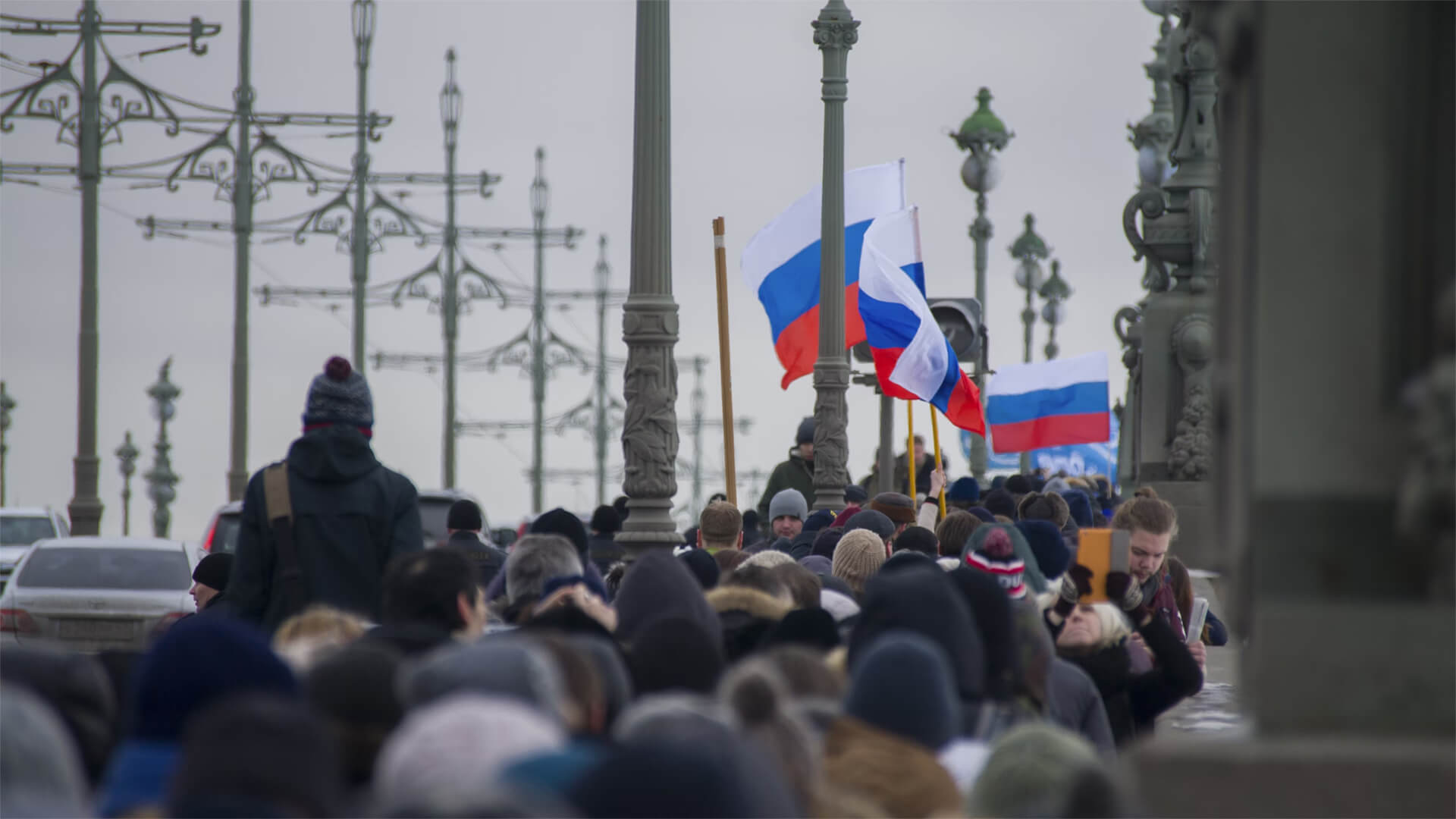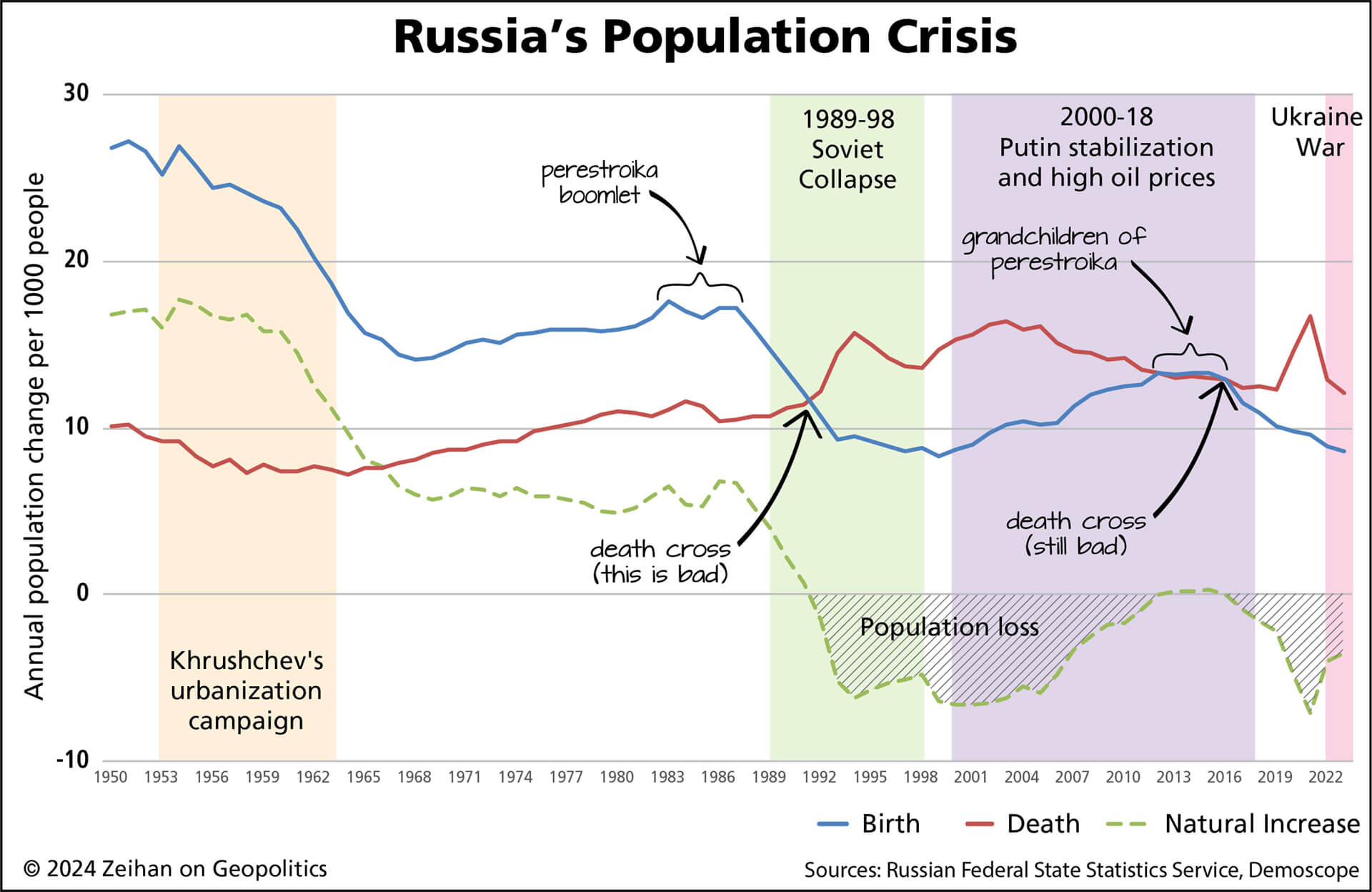Trump’s immigration policies have caused quite the stir, specifically his hardline stance on illegal migration. So, how will these policies impact the US economy?
The US is in the midst of needing to double its industrial capacity, which will require a large labor force. Losing the population of 10-15 million undocumented immigrants would dig that hole even deeper. Trump isn’t approaching this from an economic or security perspective, his migration policies are being shaped by ideology.
By making the conditions for migrants worse and cutting off certain paths to legally enter the US, it will inadvertently encourage illegal border crossings and create enforcement inefficiencies. Practices like mass deportations are pulling resources from other important tasks and making future cooperation between the law and migrants less likely.
The better approach would be providing legal pathways for migrants to integrate into the economy, but Trump’s path is creating a permanent underclass.
Here at Zeihan on Geopolitics, our chosen charity partner is MedShare. They provide emergency medical services to communities in need, with a very heavy emphasis on locations facing acute crises. Medshare operates right in the thick of it, so we can be sure that every cent of our donation is not simply going directly to where help is needed most, but our donations serve as a force multiplier for a system already in existence.
For those who would like to donate directly to MedShare or to learn more about their efforts, you can click this link.
Transcript
Hey, everybody. Peter Zeihan here. Coming to you from a chilly Colorado. Today we’re near the most recent in Trump taking on the world. We’re talking about, Trump policies on illegal migration and where they are going to lead. First a little backdrop and, scene setting. A couple things. Keeping in mind, number one, the United States has somewhere between 10 and 15 million under documented people in the United States.
So that’s a substantial number of folks. And the United States is in the process of doubling the size of its industrial plant. As we prepare for the end of China as a meaningful participant in the trade system, that means a lot of blue collar jobs, and Ford loaded with construction jobs. So, anything that inhibits the labor force is definitely going to inhibit our ability to prepare for a post Chinese world.
So put that in the back of your mind as we go through the rest of this. There has always been a mixed view of immigration in general on illegal migration, in particular in the United States. As a rule, we go through ebbs and flows. We’re definitely at an ebb right now. And as a rule, the business community has been in favor of larger flows of migration in any form.
In order to access workforce, that has not changed. What has changed is that with the reshuffling of the American political deck, the business community is no longer in the Republican Party. Other swing voters now. And so they don’t have a say in immigration policy in the way they might have before. So as the United States goes through this transition, as we have a nativist moment and as, the Make America Great Again, movement has basically decided to take a very, very hard line on things like the border and migration.
Those are the folks that are making policy decisions at the national government. There will be an economic cost for that. The question is whether or not what Michael wants can be achieved. And in doing so, how does that reshape the world? And especially, of course, the United States, another little piece of backdrop, any policy that ignores why people are doing what they are and ascribe somebody else’s motives to them, generally doesn’t work.
This is one of the reasons why Maoist China was such a disaster. Same with Brezhnev’s, Soviet Union and Chavez’s Venezuela. People used ideology, their own ideology, to ascribe motives to other people and made policy based on that. And that’s a lot of what we’re seeing in Washington right now with the migration question. The official story is that these are a lot of illegal people who are doing a lot of bad things and a lot of crime.
There’s nothing in government statistics or private sector statistics that supports that. As a rule, migrants are less than one third as likely to commit a crime as an American citizen, largely because they know that the consequences are deportation. For the most part, well over 90%. The people who are crossing the border are coming in, searching of the American dream, a safer place to raise their children, a place where they can work and earn more money.
And above all, a place where rule of law works better than where they’re from. But by ascribing false motives, the enforcement system is really causing some problems in the short and ultimately the long term. So let’s start with the border, as was introduced under the Bush administration and really built up by size by the time we get to the Obama years, the tendency of illegals crossing north shifted.
It used to be that you tried to avoid the Border Patrol, but then people discovered things like asylum laws where you could apply for asylum and get into the court system. And after a certain amount of time, get a court case that could rule, a lot of criticism of system where people just to the system. But, you know, you’ve got, people waiting two and three years for court date.
And it turns out that the vast majority of people do show up, because they do get a relatively favorable reading. What has happened most recently is that the Trump administration has basically shut that down. They’re not even accepting applications. So if you show up to the border, you turn yourself over the border Patrol, they simply turn you around and walk you right back.
What that has done is encourage people to go back to the old system that we had before the 2000s, and basically just trying to sneak around the Border Patrol. And in doing that, Donald Trump in his first term made it very, very, very easy to cross the border undetected. You remember the border wall? Well, the border wall cuts through the middle of the Sonoran and the Chihuahuan Desert, which are the greatest natural barriers in the Western Hemisphere.
Fantastic for stopping illegal migrants from flowing. A lot of them just die on the trip. But if you build a border wall, that means you need to build 50 odd construction roads across half of that natural barrier. So all you have to do if you’re an illegal is use a ladder once to quadruple your income, and then you’re on a road.
And whether you’re working with a coyote or on your own with a dirt bike, all of a sudden it’s gotten much, much easier to cross. So I have no doubt that 20, 30 years from now, when we looked at back of this period, Donald Trump will go down in history as the greatest supporter of illegal migration in American history.
And that’s before some of these other changes. Ultimately, because most of the people crossing the border north want a better life, they are looking for avenues to cooperate with local government because living in the shadows isn’t great. If you’re an illegal in the United States and you have no chance of getting documentation, you probably only work for cash, which means you’re never going to buy a house.
You’re only going to rent. And if you pay for everything with cash, robbers tend to identify that and target you. And if you can’t go to law enforcement after you get robbed because you don’t have documentation, you may get deported, you then don’t cooperate with law enforcement, which makes it a lot easier for gangs and cartels to recruit on both sides of the border.
Or you can provide the illegals with a way to become legal. What’s going on now is that the Trump administration is taking the sharply opposite tact. And that’s going to hurt us in two ways. Number one, he really, really, really wants to have some showy, mass deportations. So he’s redirected other law enforcement to cooperate with Immigration and Customs Enforcement and the Border Patrol, taking people off of other law enforcement duties to send them against illegal migrants.
He’s been hit very hard by this. But really, there’s none of the three letter agencies that haven’t seen a direction. And that means we’re not looking at things like money laundering or child porn. And there was a really a scary moment when people were starting to be pulled off of active monitoring of terrorist groups internationally, to be put in Chicago to round up illegals.
Luckily, the Trump administration backed down from that. But we’re seeing basically a hollowing out of the law enforcement capacity at a federal level to focus on this one thing. That’s a problem. Number two, Trump wasn’t happy with the numbers. So instead of going after the criminals, which means you go after people one at a time and you have to investigate to make sure they’re a criminal and you have to do a sting operation to get them.
They started going after groups of illegals who had shown no propensity for engaging in illegal behavior. So you started just to go to where those people were. So to use the stereotypical ones that had been proven true in the last couple of weeks, they’ve been going to churches on Sunday morning when people are with their families and basically arresting Hispanics in mass.
They’ve been going to food banks for people who are having problems. They’ve been going to Home Depot where there’s day workers, any place where you’re going to get a concentration of people with a tan have basically been, been targeted by law enforcement in order to generate the numbers that are necessary to meet Trump’s quotas, which he’s handed out to everybody.
And then once those people are grabbed, Trump tries to make it a very, very showy deportation, mostly using military jets. Well, here’s the fun thing about military jets, the globe masters that they’re using because they’ve got the reach. They’re designed to move like helicopters and tanks and equipment, but not really designed to move people. So you have to put seats in them and they can’t operate nearly as efficiently as, say, as a commercial airliner.
So it costs about $6,000 a person just to fly them to the country. You’re going to dump them off. And so it’s turned out to be this incredibly expensive operation that has netted very few criminals, but has also introduced a lot of fear into the community because the most recent one, just in the last week, is law enforcement is now going to the asylum hearings for the people who have kept their nose clean and cooperated with the system from the very beginning, and arresting them before they can even go in to get their hearing.
Or then, of course, if they get their hearing and denied immediately hauling them off in chains. And this is dissuading anyone who is an illegal migrant from ever cooperating with the system. Now go back to what we need to do as a country, double the size of the industrial plant. That’s going to be concentrated in certain areas, which means these illegal migrants are going to be clustered in places where the job opportunities are.
And now if they can’t cooperate with the federal government, they’re going to live as a permanent underclass, which is going to build up crime possibilities on all sides in all of those cities, and in no particular order, those cities are Salt Lake City, Denver, Phoenix, Albuquerque, El Paso, San Antonio, Dallas, Fort Worth, Austin, Houston, New Orleans, Birmingham, Montgomery, mobile, Atlanta, Richmond, Norfolk, Charlotte, and all of the other major cities of the North Carolina cluster. These are the places where the industrial activity and construction has been concentrated. This is going to be where the Hispanic migrant community is most likely to relocate. And now these are the cities that are most likely to have a starkly increased crime wave, because there is no point in migrants now cooperating with the system.
We’re going back to the system we had before the 2000s where migrants really were an underclass. I mean, the smart play here is to provide avenues towards legal migration, even if that doesn’t lead towards citizenship, so that the people can be part of the system so they can have a bank account so they don’t get robbed, so they can participate with law enforcement, and to shut the cartels out of our communities.
But what do I know?

